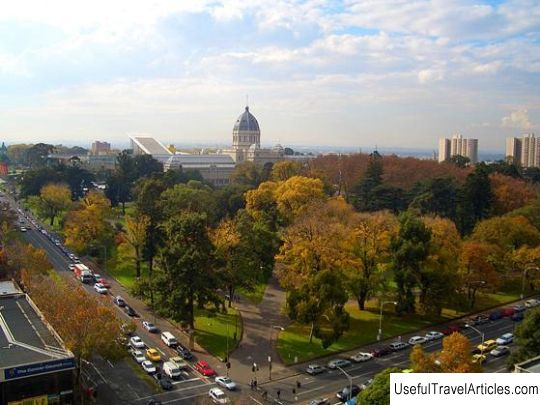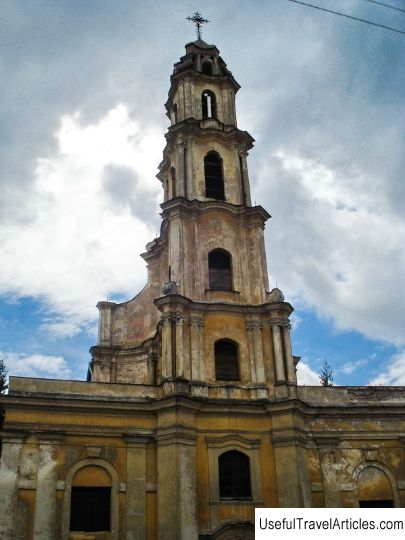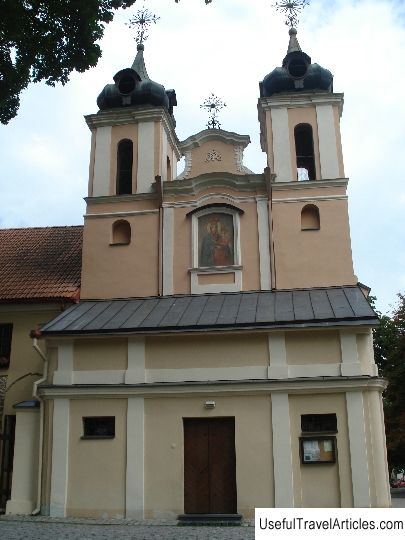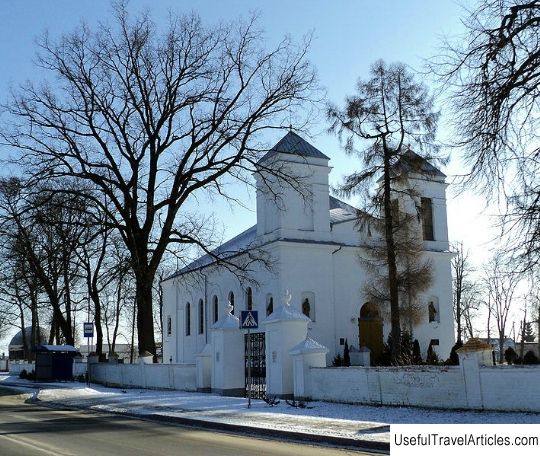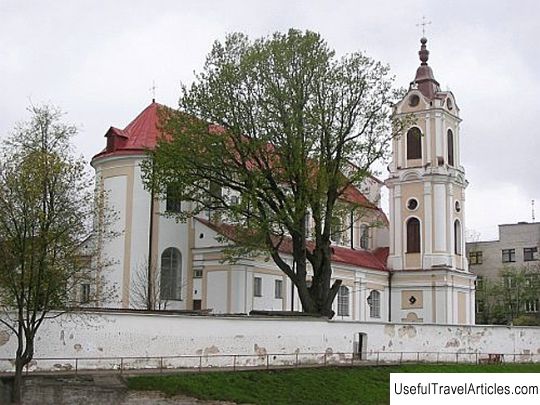Church of the Assumption of the Blessed Virgin Mary (Svc. M. Marijos Emimo i Dangu baznycia) description and photos - Lithuania: Vilnius
Rating: 8,2/10 (790 votes) 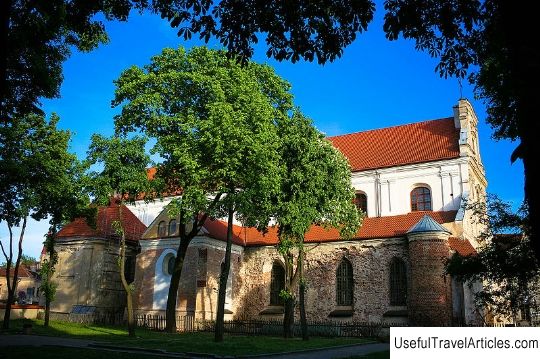
Church of the Assumption of the Blessed Virgin Mary (Svc. M. Marijos Emimo i Dangu baznycia) description and photos - Lithuania: Vilnius. Detailed information about the attraction. Description, photographs and a map showing the nearest significant objects. The name in English is Svc. M. Marijos Emimo i Dangu baznycia. Photo and descriptionIn the historic part of Vilnius, there is one of the oldest Catholic churches in the city - the Church of the Assumption of the Blessed Virgin Mary. It is also called Franciscan, or the church on the sands. The history of this temple is closely connected with the history of another Franciscan temple - the Church of the Holy Cross. The Franciscans were the first to come to Lithuania to introduce pagans to the Catholic faith. Historical documents indicate that the Franciscans have been in Vilnius since 1323, but at that time they did not have their own churches or monasteries. Different sources show different dates of the construction of the Church: 1387, 1392, 1421. Over the centuries, the church was destroyed several times in whole or in part by fires. So, after the fire of 1533, the church was completely destroyed and had to be rebuilt. In the period between 1737 and 1748, terrible fires raged in Vilnius one after another. They did not pass by this temple either. Each time the temple was rebuilt or repaired. In the process of reconstruction, the church was significantly renewed. After reconstruction in 1764, the church was consecrated. It is in this form that the church has survived to this day. This is a powerful stone building, which features the features of the transition period from Baroque to Classicism. The church has chapels of St. John and St. Laurin. The altar with marble imitation is equipped with six columns. Above them is a stucco portrait of St. Anthony, framed with silver and gilded flowers. There were 12 side altars. The monastery had a large collection of ancient books. During the French invasion of 1812, the church did not escape the fate of other churches. The premises of the church were converted into a granary, and a hospital was placed in the premises of the monastery. In 1864, the Russian tsarist authorities closed the church. Only the bell tower in the form of a tower with five bells, standing separately from the temple, escaped a destructive fate. It was built in the 16th century. But what was spared by the fires was not spared by people. This remarkable historical monument was destroyed in 1872. Several decades passed until the church was reopened in 1934. Prior to this, services were held in the chapel of the temple. The Soviet government brought new changes in the long-suffering fate of the temple. In 1949 the church and the monastery were again nationalized, the building of the church was again given over to the archive. The premises of the monastery housed various Soviet institutions: a city prison, a pawnshop, an armory, a reading room, etc. In 1998, the church was returned to its first and rightful owners - the Franciscans. There are two chapels in the interior of the temple: Chapel of St. Laurin and St. John's Chapel. The large altar is decorated with six columns. They are made of stone that imitates marble. A stucco molding with the image of St. Anthony rises above the altar. A rare collection of old books was kept in the monastery. The appearance of the church is solid and severe. The facade seems to consist of a solid block of gray-white, stone color. The decoration of the facade is 5 arched windows of different shapes and sizes, located asymmetrically at the level of all three tiers of the church. Unlike the facade, which has preserved its original appearance of the 18th century,       Topic: Church of the Assumption of the Blessed Virgin Mary (Svc. M. Marijos Emimo i Dangu baznycia) description and photos - Lithuania: Vilnius. |
